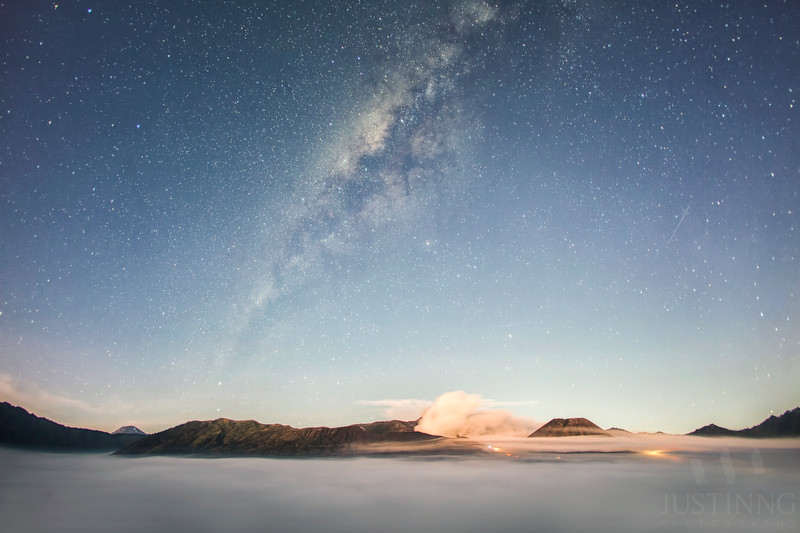So I'm working on a fictional planet which would experience a daytime sky similar to this.
This particular picture is from the movie Valerian: City of a Thousand Planets. Fictional alien atmospheres that are similar to this have appeared in various sci-fi media but I'm wondering if such a sky is actually possible?
The fictional planet that I am working on should have a similar type of atmosphere. This planet is geographically similar to earth with the exception of its own unique flora and four (4) moons. It is also a human colony world of the far future.
It seems to me that such a planet would need to have a thin atmosphere, effectively making it unsuitable to human life. Is there a workaround for this or should I simply resort to pure fantasy and ignore the science?



